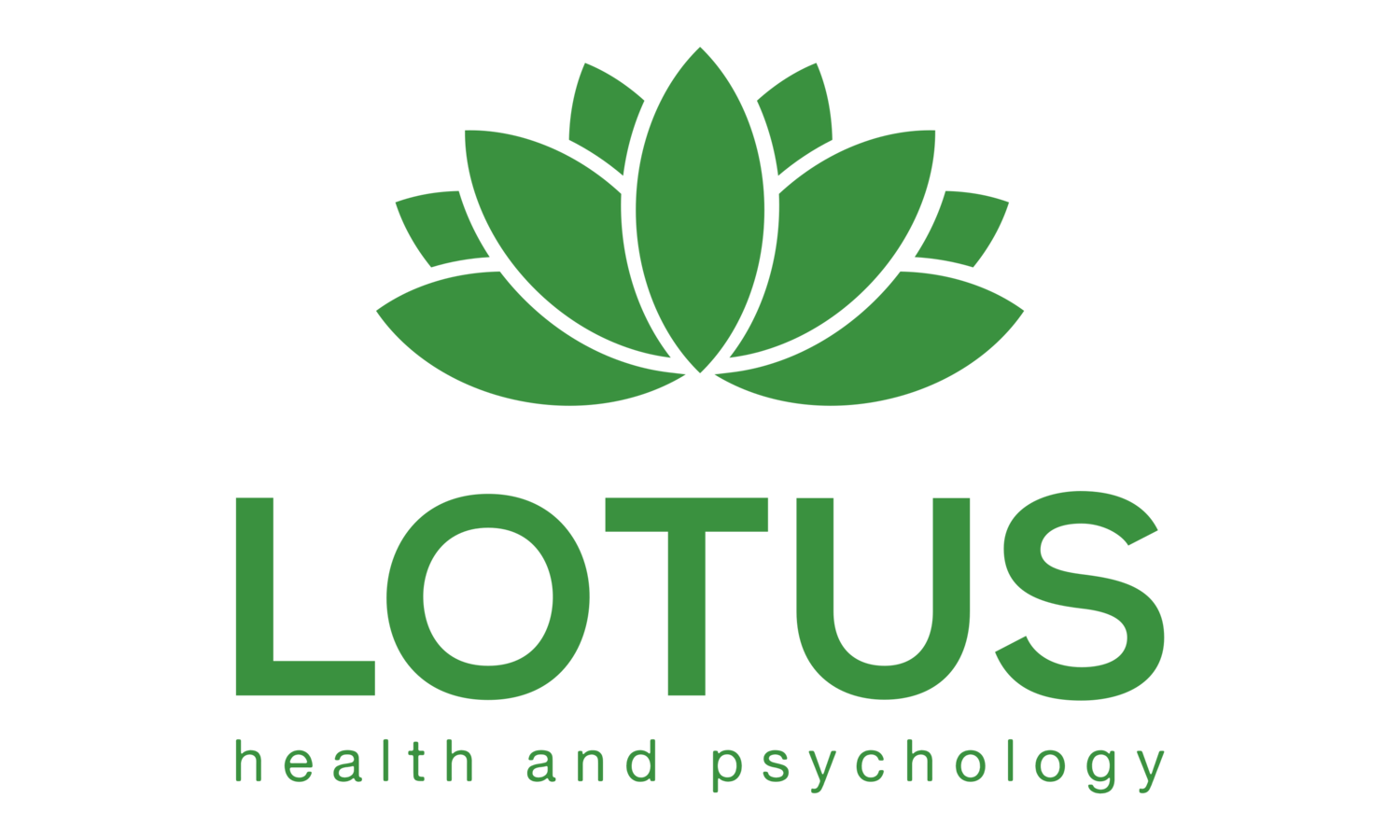Is Traditional Surrogacy “Riskier” than Gestational Surrogacy?
A brief intro to Traditional surrogacy and our research.
Since the late 1980s, in the aftermath of the infamous “Baby M” surrogacy case, there has been a worldwide assumption that Traditional Surrogacy (TS) where the surrogate uses her own oocytes (and has a direct genetic link to the child) is “riskier” than Gestational Surrogacy (GS). The primary concern is that a surrogate will not be able to relinquish a baby that is genetically her own.
Due to these concerns, TS has been outlawed in most countries, and in places where TS is permitted (such as Australia) it is generally treated with suspicion. Some clinics completely restrict families from undertaking TS arrangements.
So… is there ACTUALLY an increased risk associated with TS?
It is estimated that around 10% of Australian surrogacies are traditional arrangements.
Do these traditional surrogacy arrangements actually have more problems?
Do surrogates really have more difficulty relinquishing the baby that they have a genetic link?
At Lotus Health and Psychology, we provide pre and post surrogacy counselling for dozens of surrogacy arrangements every year. Our Director, Narelle Dickinson, has provided counselling to hundreds of Surrogates and Intending Parents (IPs) over the past 15 years. To provide evidence-based counselling, we explored the literature around surrogacy. We wanted to be able to tell our clients whether there are any extra risks associated with traditional surrogacy, but the problem is, there is hardly any published data to help us answer these questions.
So, our team decided to do research this ourselves.
In late 2023, we recruited 84 current and past surrogates. We asked them to complete surveys which asked questions about their personal experience of surrogacy. We particularly wanted to know about:
• their pregnancy experience, including how it compared to the pregnancy/pregnancies of their own child/ren
• their perceived financial, emotional, and physical support from IPs during the pregnancy
• any experience of conflict with the IPs
• their feelings attachment towards the child during the surrogacy pregnancy, and
• their general mental health as a result of undertaking a surrogacy.
Those surrogates who generously gave up their time to complete the surveys were also asked if they would like to complete an interview with our team, to talk in more detail about their experience. These interviews were recorded, transcribed and analysed to determine whether there were any consistencies to the experiences that surrogates described. Amazingly, 27 surrogates were also prepared to give up their time to undertake an interview, providing us with an absolute tonne of information.
Our team then spent months analysing the data to gain both quantitative and qualitative information about the experience of Australian surrogates. We have written up a lengthy paper detailing our results. Our paper is awaiting publication, but we’re excited to share some of what we found here.
Who were our surrogates?
72% of our surrogates had already completed their surrogacy arrangements, and 75% of these had been within the previous 5 years. Of those who were still pregnant, 79% were in the second or third trimester.
Almost all our surrogates were in a relationship, and over half were at least 35 years of age. They had all previously had children of their own. Most worked in either the healthcare or education industries. About half were undertaking a surrogacy for either a family or a friend, and their IPs were almost an equal split of same-sex and other-sex couples.
80% conceived using IVF, and around half fell pregnant within 3 months of trying. However, our gestational surrogates utilised home insemination, generally because they did not expect that the fertility clinics would support a traditional arrangement.
Most of our surrogates worked in the education or health industries. A significant number were either nurses and/or midwives
About 89% of our surrogates had undertaken gestational surrogacies. About half had also had a donor egg (this makes sense considering the number of same sex IPs in our sample)
52% were already either friends or family before the surrogacy arrangement began.
Most of our surrogates fell pregnant within 6 months of actively trying. Over half had conceived in the first 3 months.
79% used IVF to conceive and another 11% successfully used IUI at a fertility clinic. 10% used home insemination, accounting for almost all of our traditional surrogacy arrangements. These surrogates told us that they had not expected to be supported by a fertility clinic to undertake a TS arrangement.
Slightly more than half of the IPs for our surrogates were same sex couples. None of our surrogates carried for single parents.
All of our surrogates had previously carried their own children. 11% had at least 4 kids of their own!!
The very clear majority of our surrogates were in relationships.
More than half of our surrogates would be considered “advanced maternal age”, as they were at least 35 at the time of the surrogacy pregnancy.









